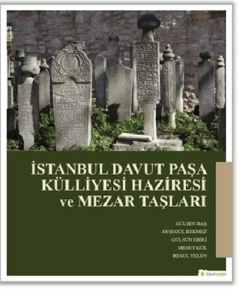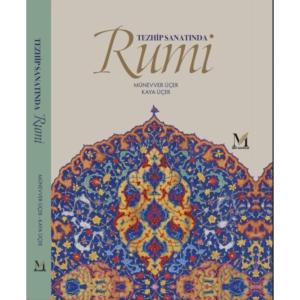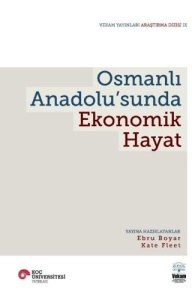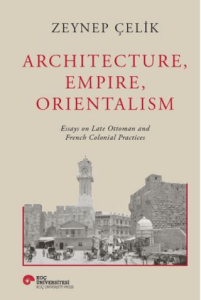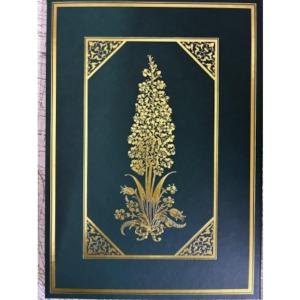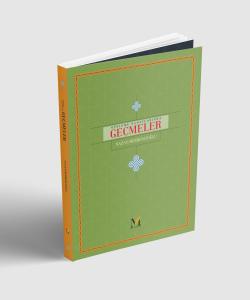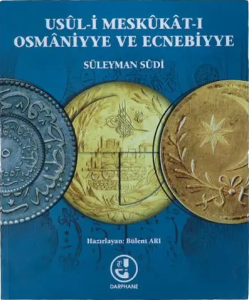9786053242536
218736

https://www.sahafium.com/kitap/masnawi-sacred-texts-of-islam-book-six-p218736.html
Masnawi Sacred Texts Of Islam - Book Six
0.00
O Life of the heart, Husamu-'d-Din, My zeal burnt within me to write this sixth part! The Masnavi became a standard through thy influence, Thy sword (Husam) has made it an exemplar to the world O spiritual one, I now offer it to thee, This sixth part of the entire Masnavi.
Story 1: The Hindu Slave who loved his Master's Daughter
Story 2: The Fowler and the Bird
Story 3: The Drunken Turkish Amir and the Minstrel
Story 4: The Purchase of Bilal
Story 5: The Sufi and the Qazi
Story 6: The Faqir and the Hidden Treasure
Story 7: The Three Travelers
Story 8: The Man who received a Pension from the Prefect of Tabriz
Story 9: The King and his Three Sons
The Masnavi is divided into six books, and Rumi wrote prefaces for each book. The earliestcomplete manuscript (the "Konya manuscript") was completed in December, 1278 (five years after Rumi's death).
? Books 1 and 2: They ?are principally concerned with the nafs, the lower carnal self, and its self-deception and evil tendencies."
? Books 3 and 4: These books share the principal themes of Reason and Knowledge. These two themes are personified by Rumi in the Biblical and Quranic figure of the Prophet Moses.
? Books 5 and 6: These last two books are joined by the universal ideal that man must deny his physical earthly existence to understand God's existence.
Story 1: The Hindu Slave who loved his Master's Daughter
Story 2: The Fowler and the Bird
Story 3: The Drunken Turkish Amir and the Minstrel
Story 4: The Purchase of Bilal
Story 5: The Sufi and the Qazi
Story 6: The Faqir and the Hidden Treasure
Story 7: The Three Travelers
Story 8: The Man who received a Pension from the Prefect of Tabriz
Story 9: The King and his Three Sons
The Masnavi is divided into six books, and Rumi wrote prefaces for each book. The earliestcomplete manuscript (the "Konya manuscript") was completed in December, 1278 (five years after Rumi's death).
? Books 1 and 2: They ?are principally concerned with the nafs, the lower carnal self, and its self-deception and evil tendencies."
? Books 3 and 4: These books share the principal themes of Reason and Knowledge. These two themes are personified by Rumi in the Biblical and Quranic figure of the Prophet Moses.
? Books 5 and 6: These last two books are joined by the universal ideal that man must deny his physical earthly existence to understand God's existence.
O Life of the heart, Husamu-'d-Din, My zeal burnt within me to write this sixth part! The Masnavi became a standard through thy influence, Thy sword (Husam) has made it an exemplar to the world O spiritual one, I now offer it to thee, This sixth part of the entire Masnavi.
Story 1: The Hindu Slave who loved his Master's Daughter
Story 2: The Fowler and the Bird
Story 3: The Drunken Turkish Amir and the Minstrel
Story 4: The Purchase of Bilal
Story 5: The Sufi and the Qazi
Story 6: The Faqir and the Hidden Treasure
Story 7: The Three Travelers
Story 8: The Man who received a Pension from the Prefect of Tabriz
Story 9: The King and his Three Sons
The Masnavi is divided into six books, and Rumi wrote prefaces for each book. The earliestcomplete manuscript (the "Konya manuscript") was completed in December, 1278 (five years after Rumi's death).
? Books 1 and 2: They ?are principally concerned with the nafs, the lower carnal self, and its self-deception and evil tendencies."
? Books 3 and 4: These books share the principal themes of Reason and Knowledge. These two themes are personified by Rumi in the Biblical and Quranic figure of the Prophet Moses.
? Books 5 and 6: These last two books are joined by the universal ideal that man must deny his physical earthly existence to understand God's existence.
Story 1: The Hindu Slave who loved his Master's Daughter
Story 2: The Fowler and the Bird
Story 3: The Drunken Turkish Amir and the Minstrel
Story 4: The Purchase of Bilal
Story 5: The Sufi and the Qazi
Story 6: The Faqir and the Hidden Treasure
Story 7: The Three Travelers
Story 8: The Man who received a Pension from the Prefect of Tabriz
Story 9: The King and his Three Sons
The Masnavi is divided into six books, and Rumi wrote prefaces for each book. The earliestcomplete manuscript (the "Konya manuscript") was completed in December, 1278 (five years after Rumi's death).
? Books 1 and 2: They ?are principally concerned with the nafs, the lower carnal self, and its self-deception and evil tendencies."
? Books 3 and 4: These books share the principal themes of Reason and Knowledge. These two themes are personified by Rumi in the Biblical and Quranic figure of the Prophet Moses.
? Books 5 and 6: These last two books are joined by the universal ideal that man must deny his physical earthly existence to understand God's existence.




















